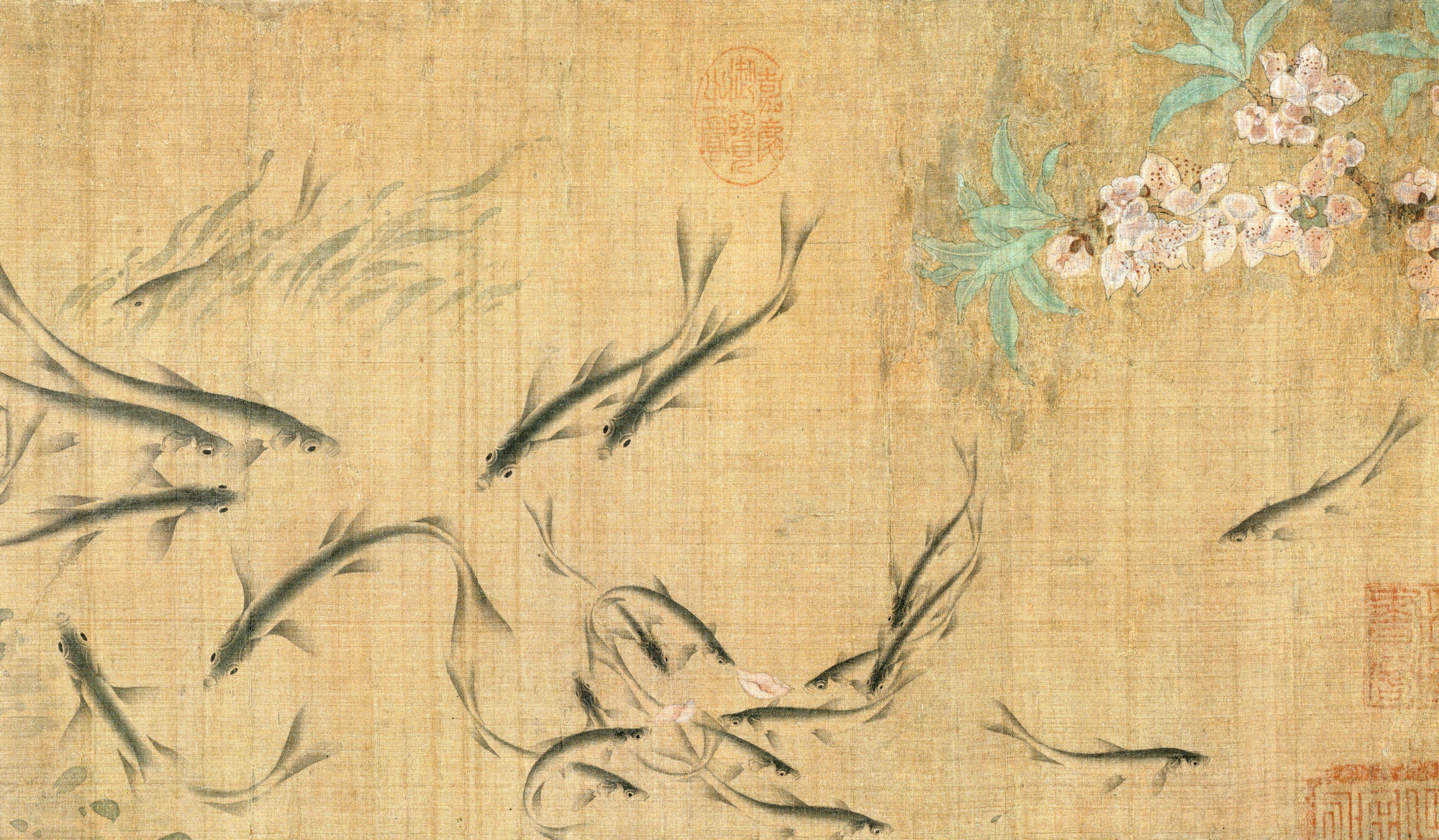Visual Resources Update February 2022

VR was happy to take part in Lucy Partman’s (Ph.D., 2021) ART106 Looking Lab: Experiments in Visual Thinking and Thinking about Visuals course on February 10. Yichin Chen provided glass lantern slide and 35mm slide projection as well as a demonstration of a stereoscope using cards from the department collections.

Visual Resources delivered three large handmade maps to the Maps and Geospatial Information Center in the Fine Hall Wing of Lewis Library, where GIS librarian Wangyal Shawa and his team have generously offered to scan the maps and help us georeference them. The maps are from the Howard Crosby Butler Expeditions to Syria (1899, 1904/5 and 1909). The GIS center will publish the maps on their platform, allowing them to be discoverable and usable on platforms like StoryMaps.

Yichin Chen participated in 2022 NYC Digital Humanities Week. Workshops of note were an introduction to Manifold, an open-source publishing platform that allows researchers to publish their scholarly works and get feedback through annotations and reading groups. This platform is suitable for text-heavy projects that can benefit from community discussion. And a workshop introducing Python, which could help us sort and clean messy data: some of the most popular uses of this programming language are for data analysis and automating repetitive tasks.
Interesting projects and resources:

For innovative arts and humanities projects out of Harvard, check out metaLAB’s recent series.
The Bibliothèque du Château de Chantilly has uploaded whole manuscript of the Très Riches Heures du Duc de Berry, freely available, in unprecedented image quality.

Read a fascinating blog post about the unique technical challenges of digitizing the Batak manuscripts at the British Library.

































